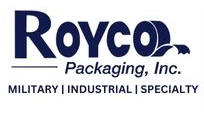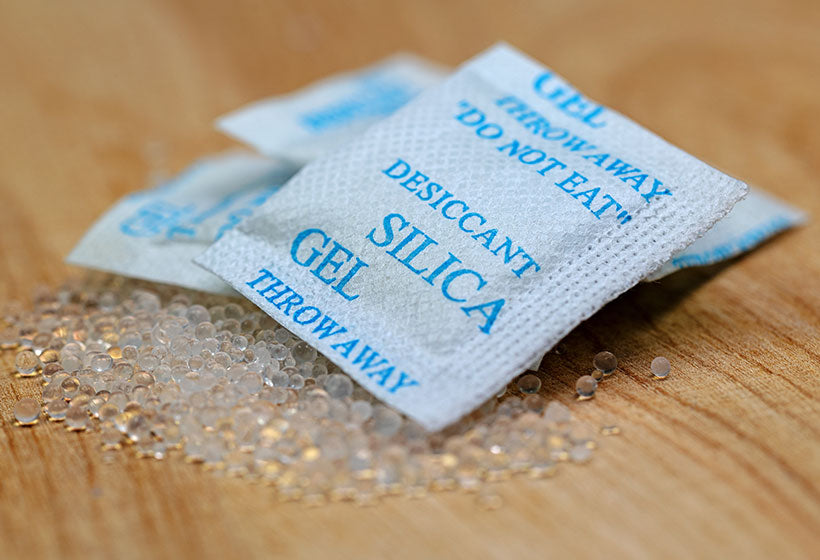Natural desiccants are essential in various industries to protect products from moisture damage. These substances absorb and hold water vapor, which helps keep a range of products dry and free from spoilage or corrosion. The shift towards natural desiccants is a growing trend to find sustainable and environmentally friendly solutions for everyday problems. Unlike synthetic desiccants, natural ones are often renewable, biodegradable, and less environmentally harmful. They are used in everything from food and pharmaceuticals to electronics and packaging. By understanding the types and benefits of natural desiccants, industries can make informed decisions on protecting their products best while caring for the planet.
Silica Gel: A Versatile and Widely Available Option
Silica gel is one of the most commonly used natural desiccants. Despite its name, silica gel is a solid, granular, highly porous substance, making it an excellent material for absorbing moisture. It's made from silicon dioxide, a natural substance commonly found in sand. Silica gel can absorb up to 40% of its weight in moisture and can be found in small packets with various products to control humidity.
One of the reasons for silica gel's popularity is its reusability. The gel can be dried out and reactivated by heating, which helps extend its life and reduces waste. Additionally, silica gel is non-toxic, making it safe for food and drug packaging. Its clear color change from dry to saturated also provides a visual indication of when the desiccant needs to be replaced or reactivated, adding to its practicality.
However, while silica gel is a natural product, it must be packaged properly to prevent it from being released into the environment, where it can be a choking hazard for wildlife or small children. When used and disposed of responsibly, silica gel is a versatile and reliable option in the array of natural desiccants available for commercial and industrial use.
Activated Charcoal: Harnessing Natural Absorption Properties
Activated charcoal, another powerful natural desiccant, is revered for its ability to filter and purify due to its highly absorptive properties. It's made from carbon-containing material, like wood or coconut shells, activated through high heat and exposure to certain gases, creating a vast network of pores. This process significantly increases its surface area, which enhances its capacity to trap moisture, odors, and even chemical impurities from the air.
This desiccant is particularly favored in food and medical applications because it absorbs moisture and can remove toxins and unpleasant smells. Activated charcoal is a natural, chemical-free option, making it safe for use around food and in products like water filters and air purifiers. It's also used in packaging to protect products from mold, mildew, and other damage caused by humidity.
Activated charcoal's sustainability makes it a commendable choice for environmental conservation efforts. Once it has reached its absorption capacity, it can be replaced and repurposed for other uses, such as in gardening, where it can help improve soil quality. Its versatility and natural origins make activated charcoal an invaluable ally in the quest for moisture control through natural desiccants.
Clay Desiccants: An Eco-friendly Moisture Absorber
Clay desiccants are a natural and cost-effective way to control moisture. Made from minerals such as bentonite clay, these desiccants work well at room temperature and lower temperatures, making them suitable for various environments. Clay is a particularly eco-friendly option as it's sourced from the earth and is completely biodegradable.
Unlike some synthetic desiccants that can release harmful chemicals, clay desiccants offer a gentler approach to moisture control. They are commonly used in storing and transporting electronics, metal components, and pharmaceuticals, where managing humidity is crucial to maintaining the integrity of the products.
The absorption efficiency of clay desiccants makes them a practical choice for long-term storage solutions, as they maintain their moisture-absorbing properties over an extended period. This endurance makes clay an efficient and reliable option in the suite of natural desiccants. Furthermore, because clay is often sourced locally, it can reduce the carbon footprint associated with transportation, amplifying its benefits for businesses seeking sustainable materials.
Rice: Surprising Moisture-absorbing Capabilities
Rice is a surprisingly effective natural desiccant that many have experienced, perhaps without even realizing. Its ability to absorb moisture is why a few grains are often found in salt shakers to keep the salt from clumping. This humble pantry staple can absorb significant moisture relative to its size, making it a convenient and readily available option for protecting small items from moisture damage.
For instance, it's a common home remedy to place a wet electronic device, like a cell phone, in a bowl of rice to draw out the moisture. While not as absorbent as commercial desiccants like silica gel, rice is biodegradable and non-toxic, making it safe for use around food and in the home. It is also an inexpensive option that can be particularly useful in domestic settings or regions where commercial desiccants might not be easily accessible.
Salt: A Low-cost and Effective Desiccant
Salt, known scientifically as sodium chloride, is another common substance with effective desiccating properties. It has been used for centuries to cure meats and preserve food due to its ability to draw out moisture, inhibiting bacteria growth. Its hygroscopic nature readily attracts water from its surroundings, making it a valuable and low-cost desiccant.
Salt can be used in bulk to control humidity in large storage areas or containers in industrial settings. While it may not be as efficient as some other desiccants at lower humidity levels, its cost-effectiveness and ease of procurement make it a popular choice, particularly for larger-scale operations where the sheer volume of desiccant needed makes more expensive options less feasible.
It's important to note that when using salt as a desiccant, it can become a brine as it absorbs water, which may lead to corrosion or leakage if not properly contained. However, salt is a viable and eco-friendly option for many applications, especially where the desiccant can be changed regularly, aligning with sustainable practices and reducing reliance on synthetic materials.
Shield Your Products with Premier Desiccants from Royco Packaging
Don't let moisture compromise the integrity of your products. Turn to Royco Packaging for high-quality desiccants that provide superior protection against humidity. Our range of MIL-SPEC, industrial, and specialty desiccants is crafted to meet the highest standards, ensuring your items remain dry and undamaged, no matter where they're headed. With Royco Packaging's solutions, safeguarding your products from moisture has never been easier. Visit us now to select the perfect desiccant for your packaging needs and secure your peace of mind today.

